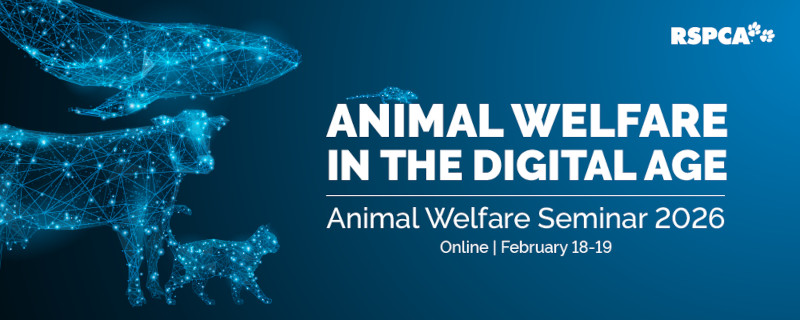The process of killing an animal for the purpose of producing meat and meat products is referred to as slaughter. There are a number of steps involved from the time an animal leaves the farm until they are slaughtered and processed into meat and meat products.
In Australia, the slaughter of animals is regulated by various mandatory and voluntary Standards which differ depending on the jurisdiction. To read more about how abattoirs and poultry processors are regulated in Australia, click here.
Arrival at the slaughtering establishment
Farm animals are transported on a truck from the farm to the abattoir or poultry processor for slaughter. Upon arrival at the abattoir, animals, other than poultry, are unloaded from trucks into pens in a lairage area and provided with water. Poultry are transported in transport crates which are unloaded from the truck after arrival at the poultry processor and birds remain in the crates until slaughter.
Stunning
Animals are legally required to be stunned before they are slaughtered in Australia. The purpose of stunning is to make sure animals are unconscious to minimise the risk of them experiencing any pain, suffering or distress during bleed out and prior to death. In some jurisdictions, an exemption for stunning may be provided for the purpose of religious/ritual slaughter.
Animals, other than poultry, are moved from their pens in the lairage area and usually walked up a raceway to the stunning area. The type of restraint and design of the stunning area differs depending on the type of stunning method and species of animal. The persons responsible for stunning animals must be appropriately trained and competent in their required tasks to ensure that every animal is humanely stunned.
Commercial stunning methods can be classified as mechanical, electrical, and gas stunning methods. Some of the common types of stunning methods used for farm animals are:
- Cattle – non-penetrating or penetrating captive bolt stunning, and electrical head-only stunning.
- Sheep and goats – electrical head-only stunning, and non-penetrating or penetrating captive bolt stunning.
- Pigs – carbon dioxide gas stunning, electrical head-only stunning, and penetrating captive bolt stunning.
- Poultry – controlled atmosphere stunning with carbon dioxide gas, and electrical waterbath stunning.
Stunning methods can also be classified as reversible or non-reversible. A reversible stunning method is when an animal can recover and regain consciousness after being stunned if they are not bled out to cause death, whereas an irreversible stunning method is when an animal will not recover and would eventually die due to the stunning method even if they are not bled out. Reversible stunning methods are used to meet some religious/ritual slaughter requirements, such as for Halal slaughter, which requires that an animal is killed from the throat cut and bleeding out process rather than the stunning method. Although reversible stunning is far better from an animal welfare perspective than unstunned slaughter, such as is the case with Kosher slaughter, there is still a risk that animals could regain consciousness and experience pain and distress while bleeding out. Irreversible stunning methods are therefore preferred because they are more effective in inducing unconsciousness and ensure that animals do not regain consciousness during bleed out.
Mechanical stunning methods
Mechanical stunning methods include non-penetrating and penetrating captive bolt guns.
Non-penetrating captive bolt guns are considered a reversible stunning method that administers a physical blow to the skull of an animal of sufficient force to cause immediate unconsciousness. The physical blow causes a coup-contrecoup injury (brain hits the front of skull then rebounds to hit the back of the skull) that results in unconsciousness and widespread damage and bleeding in the brain.
Penetrating captive bolt guns are considered a non-reversible stunning method that discharge a bolt through the skull into the brain of an animal causing immediate unconsciousness and widespread permanent brain damage.
Electrical stunning methods
The most common electrical stunning method used commercially for farm animals, other than poultry, is electrical head-only stunning.
In electrical head-only stunning systems, animals are individually restrained and a device with electrodes is placed on their head. An electrical current is passed from the electrodes through the brain of the animal interrupting normal brain activity and causing immediate unconsciousness.
The most common electrical stunning method for poultry is electrical waterbath stunning. Birds are shackled upside down by their legs on a moving shackle line and their heads are passed through an electrified waterbath, which should cause immediate unconsciousness when birds come into contact with the water.
Electrical head-only and electrical waterbath stunning are reversible stunning methods because the electric current only disrupts normal brain function for a short time.
Gas stunning methods
Gas stunning methods may be used commercially for stunning pigs and poultry. Carbon dioxide is the only gas currently used in commercial stunning systems. Carbon dioxide gas causes unconsciousness in animals by gradually increasing carbon dioxide blood levels as it is inhaled and decreasing blood oxygen levels, which results in a of loss of brain function and unconsciousness.
For pigs, the carbon dioxide gas stunning systems used expose pigs almost immediately to very high concentrations of carbon dioxide gas to cause unconsciousness, whereas carbon dioxide gas stunning systems for poultry expose birds to gradually increasing concentrations of carbon dioxide in multiple stages until unconsciousness is achieved.
The concentration and exposure time to carbon dioxide gas used at slaughter makes carbon dioxide stunning a reversible stunning method.
Slaughter
After unconsciousness has been confirmed following stunning, animals are bled out to cause death by having the major blood vessels in their neck severed. It is important that animals are bled out immediately after stunning, especially where reversible stunning methods are used, to ensure that animals do not regain consciousness prior to death. Then, once death has been confirmed, animals are further processed to produce meat and meat products.

